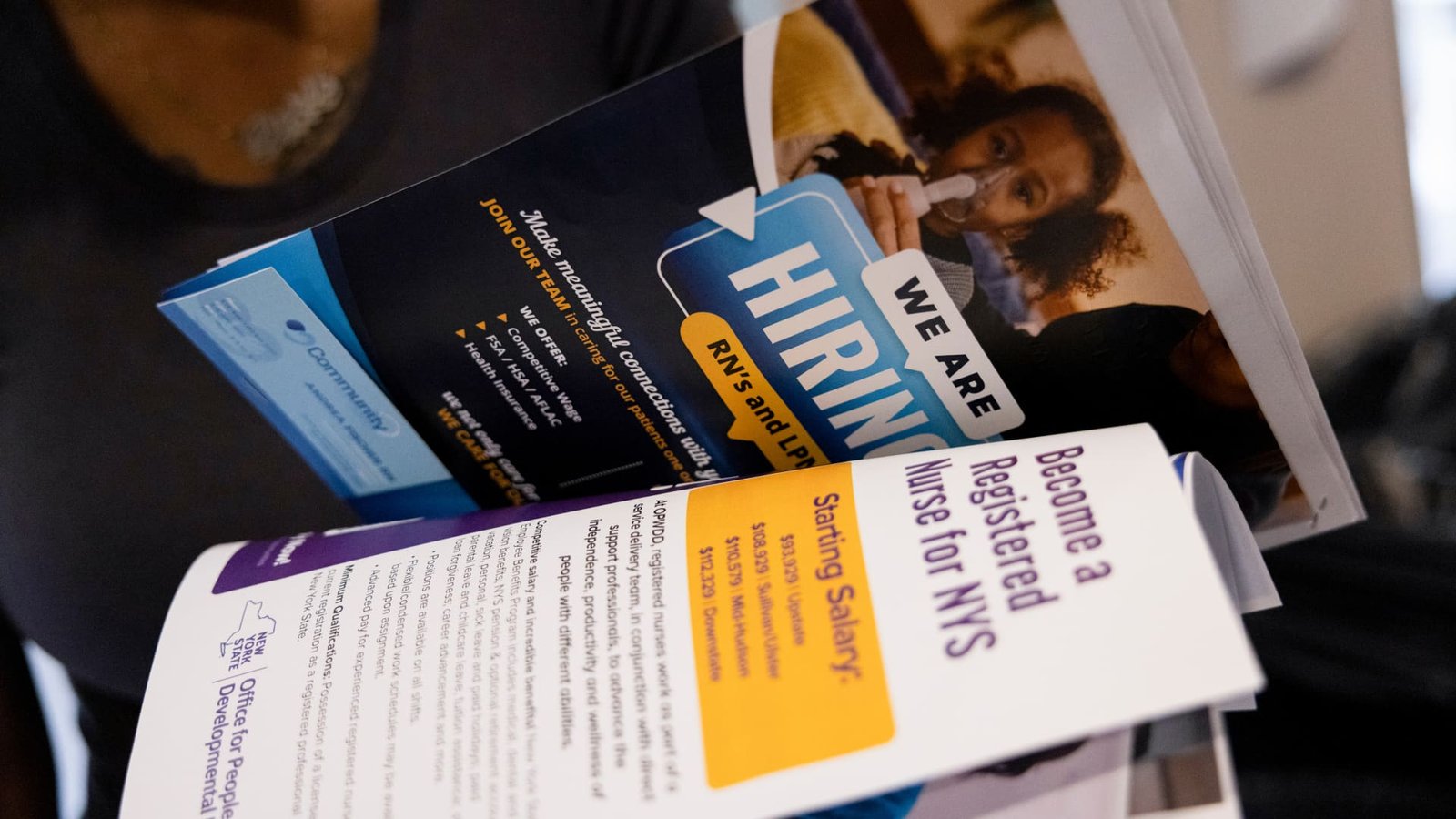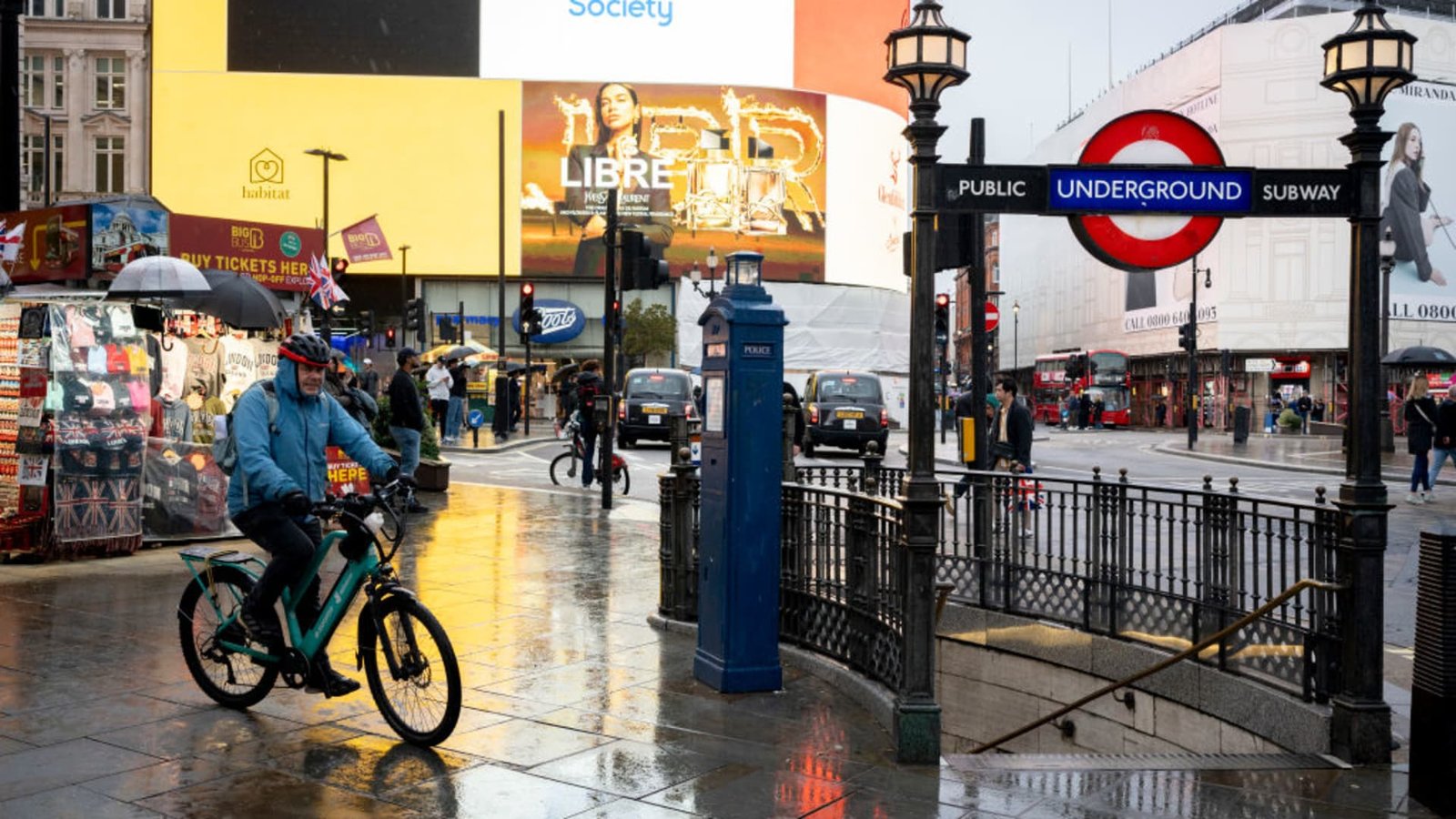Powerful hurricanes and a major labor strike are expected to impact the nonfarm payrolls count for October, making it the slowest month for job creation in nearly four years. Economists surveyed by Dow Jones anticipate that the Bureau of Labor Statistics will report an expansion of just 100,000 payrolls for the month. This slow growth is attributed to hurricanes Helene and Milton, as well as a strike at Boeing. If this prediction holds true, it would mark the lowest job total since December 2020, a significant drop from September’s 254,000.
The report, scheduled for release at 8:30 a.m. ET, is also expected to show an unchanged unemployment rate of 4.1%. Despite the challenges, analysts believe that wages will continue to grow faster than inflation, indicating the overall health of the U.S. economy. Average hourly earnings are projected to rise by 0.3% for the month and 4% from a year ago, suggesting that inflation remains stable.
Market analysts anticipate that the report may be overlooked due to the temporary impacts of the hurricanes and strike on hiring. The hurricanes caused substantial monetary damage, while the Boeing strike affected 33,000 workers. Estimates suggest that Helene may have reduced the payrolls count by up to 50,000, while the impact of Hurricane Milton is expected to be minimal for October. The Boeing strike could further lower the total by 41,000, according to Goldman Sachs.
Despite these challenges, indicators leading up to the report show that hiring has been steady and layoffs remain low. ADP reported that private companies added 233,000 new workers in October, surpassing expectations. Initial jobless claims also fell to 216,000, matching the lowest level since late April. However, the White House estimates that these events could collectively reduce the payrolls count by up to 100,000, making the interpretation of this month’s report more complex.
The labor market has shown signs of growth but at a slower pace, with job creation becoming more concentrated in specific sectors. Industries such as government, health care, and leisure and hospitality have been leading in job creation. However, the overall trend indicates a slowing market that may require intervention such as Federal Reserve interest rate cuts to stabilize. Job growth has been below pre-pandemic levels for the past two quarters, affecting job seekers and workers. Analysts suggest that the Fed should focus on the labor market to address these challenges.




